Dealing with oily skin can feel like a constant battle—there’s the unwanted shine, the breakouts, and those pesky clogged pores. It can be frustrating to manage, especially when it seems like your skin has a mind of its own.
But here’s the good news: the right cleanser for Oily Skin can make a world of difference. Think of it as the foundation of your skincare routine. A good cleanser doesn’t just wash away the day; it sets the tone for everything else you apply, helping to keep your skin balanced and healthy.
Let’s dive into how to find the perfect one for your oily skin.
What is Oily Skin?
Oily skin happens when your sebaceous glands are overactive, producing more sebum (your skin’s natural oil) than necessary. A certain amount of sebum is essential for keeping the skin hydrated and protected, too much of it can lead to several challenges.
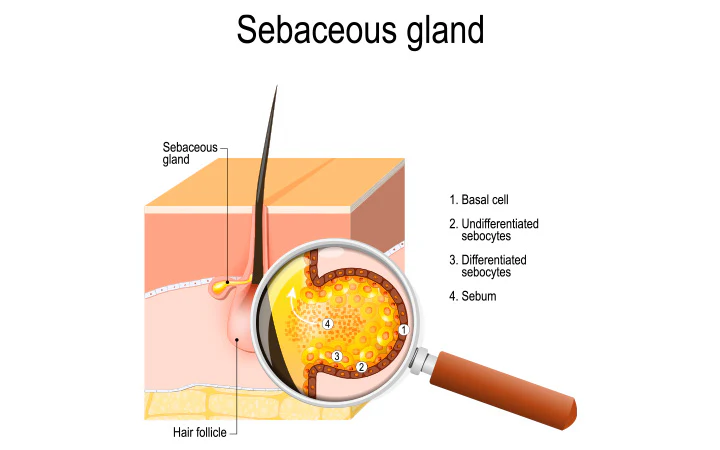
People with oily skin often notice a shiny or greasy appearance, especially in areas like the forehead, nose, and chin—commonly known as the T-zone.
Another problem is enlarged pores, which can become clogged by too much oil and result in breakouts, blackheads, and whiteheads.
Managing oily skin requires understanding its unique needs and finding the right balance to keep it healthy and happy.
How To Choose Your Cleanser?
To make your skin healthy, choose a cleanser for oily skin that is:
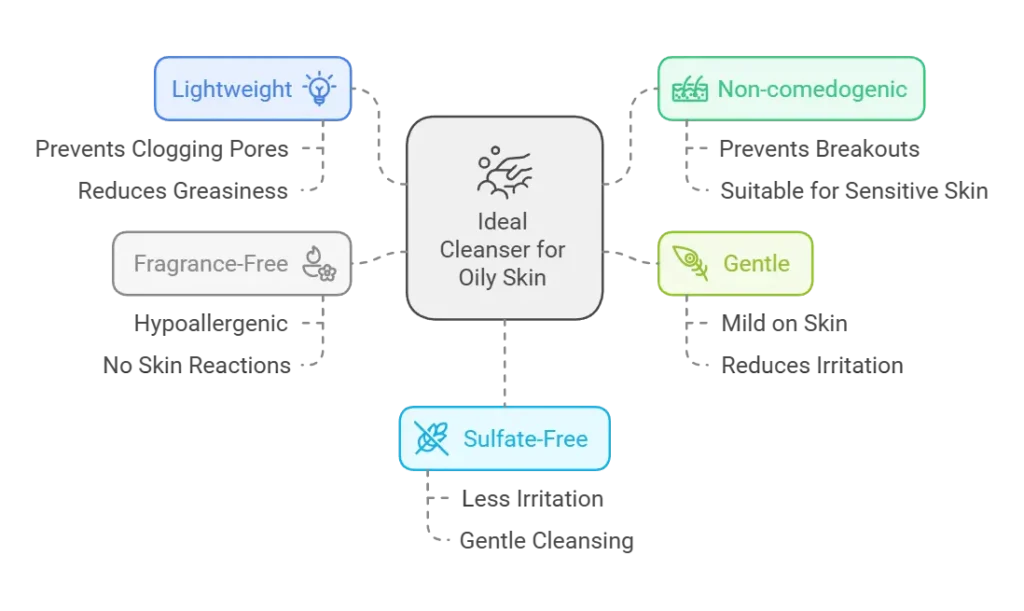
Read More:- The Ultimate Guide to Facial Cleansers: Types, Benefits, and How to Choose the Best One
Explore the best cleansers for oily skin here.
Key Ingredients in a Cleanser for Oily Skin
1. Salicylic Acid
Salicylic acid is a go-to for acne-prone skin. This beta hydroxy acid (BHA) penetrates deep into the pores, dissolving excess oil and clearing out debris. It also exfoliates the skin, removing dead cells that can clog pores and lead to breakouts. Regular use of salicylic acid not only reduces acne but also helps prevent future flare-ups.
2. Glycolic and Lactic Acids
The alpha hydroxy acid (AHA) family includes both lactic and glycolic acids, which are great for mild exfoliation. Lactic acid, which is frequently derived from milk, helps to smooth the texture of the skin and preserve moisture, while glycolic acid, which is generated from sugarcane, eliminates dead skin cells and brightens the complexion. When combined, they can enhance oily skin’s overall appearance and texture without making it too dry.
3. Clay Ingredients
Clays that are excellent at absorbing oil include bentonite and kaolin. Your skin will feel rejuvenated and matte when these natural substances remove excess sebum and pollutants. They work particularly well in cleansers or masks that are intended to deeply cleanse your skin.
4. Tea Tree Oil
Known for its antibacterial and anti-inflammatory properties, tea tree oil is a natural remedy for acne and oily skin. It fights the bacteria that can cause breakouts and helps calm redness and irritation. Plus, it provides a lightweight, refreshing feel without clogging pores.
5. Niacinamide
Niacinamide, a form of vitamin B3, is a versatile ingredient that works wonders for oily skin. It helps regulate sebum production, reduces redness, and strengthens the skin’s barrier. Over time, it can minimize the appearance of pores and create a smoother, more even complexion.
Types of Cleansers Suitable for Oily Skin

1. Gel Cleansers
Gel cleansers are a top pick for oily skin because of their lightweight, refreshing texture. They effectively remove excess oil and impurities without leaving a greasy residue. Many gel cleansers also include ingredients like salicylic acid or tea tree oil to target acne and clogged pores, making them perfect for those who deal with frequent breakouts.
2. Foaming Facial Cleansers
If you’re looking for a deeper clean, foaming facial cleansers are a great option. They create a rich lather that lifts away dirt, oil, and makeup, leaving your skin feeling fresh and purified. While they’re effective, it’s essential to choose a formula that doesn’t strip the skin, as overly harsh cleansers can trigger your skin to produce even more oil.
3. Cream Cleansers
While cream cleansers are often associated with dry skin, they can work well for oily skin types with combination areas or during colder months. These cleansers are gentle and hydrating, helping to cleanse without over-drying. Look for formulas labeled as “non-comedogenic” to ensure they won’t clog pores.
4. Micellar Water Cleanser
Micellar water is a surprisingly effective option for oily yet sensitive skin. It uses tiny micelles (oil molecules) to trap and remove dirt and makeup without harsh rubbing. Micellar water is a good choice for a quick cleanse or as the first step in a double-cleansing routine, particularly for those who want a no-fuss, gentle solution.
Recommended Cleansers for Oily Skin
1. Neutrogena Deep Clean Facial Cleanser
It contains salicylic acid to dissolve oil and dirt while promoting cell turnover. It’s gentle yet effective but can leave the skin feeling tight after use
2. Ole Henriksen Oil Control Cleanser
It features glycolic and lactic acids that exfoliate while providing a cooling effect. It’s designed to control shine and improve skin texture
3. La Roche-Posay Effaclar Purifying Foaming Gel
For a gentle but thorough cleanse, this foaming gel is a must-try. It’s formulated with thermal spring water to soothe skin while removing excess oil and impurities. Its soap-free, pH-balanced formula makes it ideal for sensitive, oily skin types.
4. Mario Badescu Acne Facial Cleanser
Formulated with aloe vera and chamomile, this cleanser is suitable for sensitive, acne-prone skin, helping to soothe breakouts while cleansing
5. First Aid Beauty Skin Rescue Deep Cleanser
This cleanser goes the extra mile with detoxifying red clay that pulls out impurities and excess oil. It’s great for those who want a deep clean while keeping their skin balanced. The formula is also fragrance-free, making it suitable for sensitive skin.
Conclusion
Choosing the right cleanser for oily skin is more than just a step in your routine—it’s the foundation for healthier, more balanced skin. With the right cleanser, you can control excess oil, reduce breakouts, and set the stage for other skincare products to work effectively.
Remember, everyone’s skin is unique, so finding the perfect cleanser might take some trial and error. Don’t be afraid to experiment with different products and ingredients to discover what works best for you. And most importantly, be patient with your skin—it’s a journey, not a race. With the right care, oily skin can be manageable and even an asset in maintaining a youthful glow.
FAQs
1. Which cleanser is best for oily skin?
The best cleanser for oily skin depends on your specific concerns. If you want a gentle daily cleanser, CeraVe Foaming Facial Cleanser or La Roche-Posay Effaclar Purifying Foaming Gel are excellent options. Look for non-comedogenic products with ingredients like clay, niacinamide, or tea tree oil for effective oil control.
2. Do cleansers help with oily skin?
Yes, cleansers are crucial for managing oily skin. A good cleanser removes excess oil, dirt, and impurities while preventing clogged pores and breakouts. The key is choosing one that balances oil without stripping your skin’s natural moisture barrier.
3. Which is better, face wash or cleanser?
Both serve similar purposes, but the choice depends on your skin type and needs. A face wash is usually more foaming and effective for deep cleaning oily skin, while a cleanser (often cream or gel-based) is gentler and better suited for sensitive skin or combination skin types. For oily skin, a gel or foaming cleanser typically works best.
4. How can I clean my oily face effectively?
To clean your oily face:
- Start with a gentle cleanser that targets excess oil, such as one containing salicylic acid or clay.
- Use lukewarm water, as hot water can strip the skin and cause more oil production.
- Avoid scrubbing too hard; it can irritate the skin and worsen oiliness.
- Follow up with a lightweight, oil-free moisturizer to keep your skin hydrated and balanced.




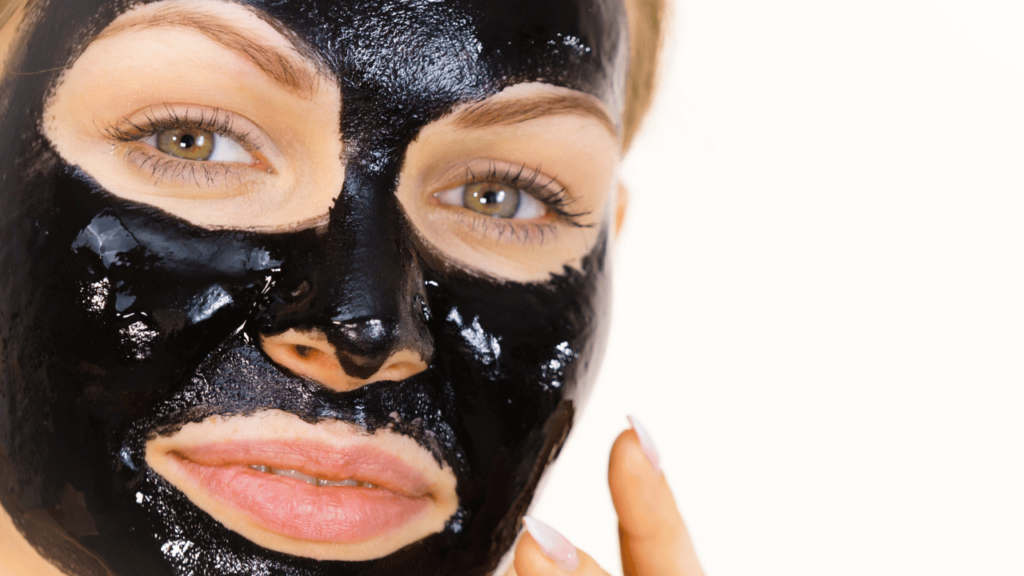
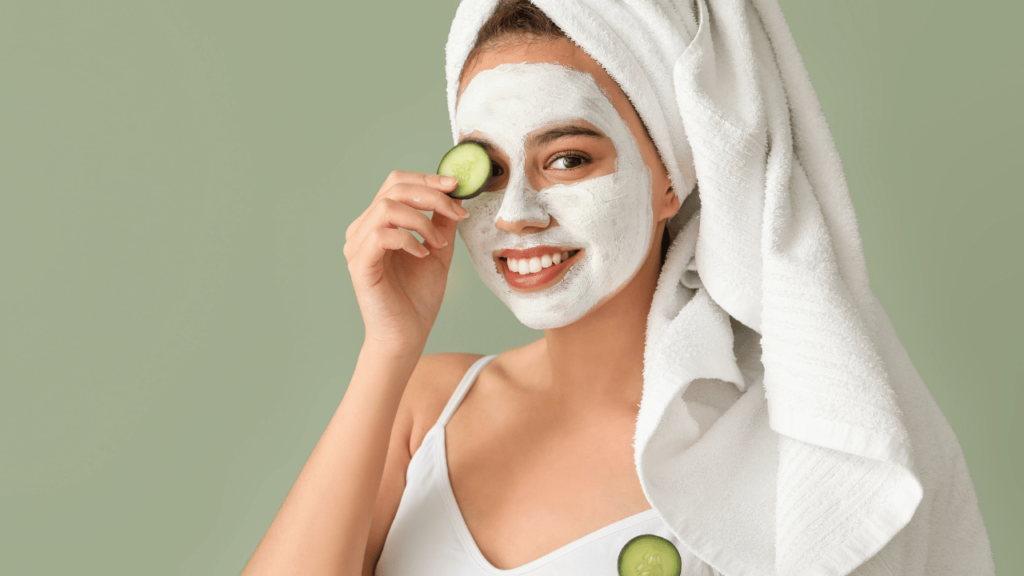

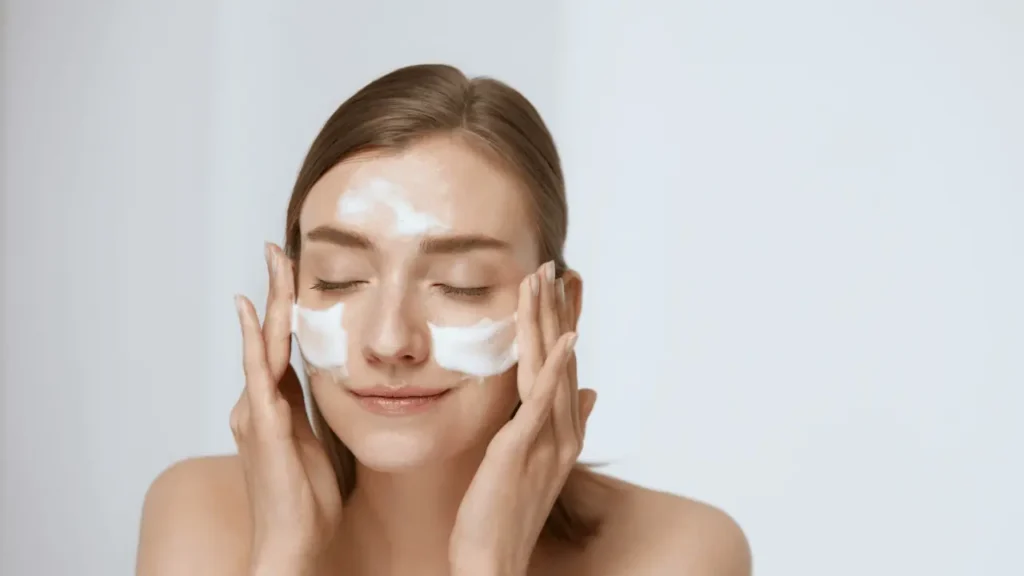
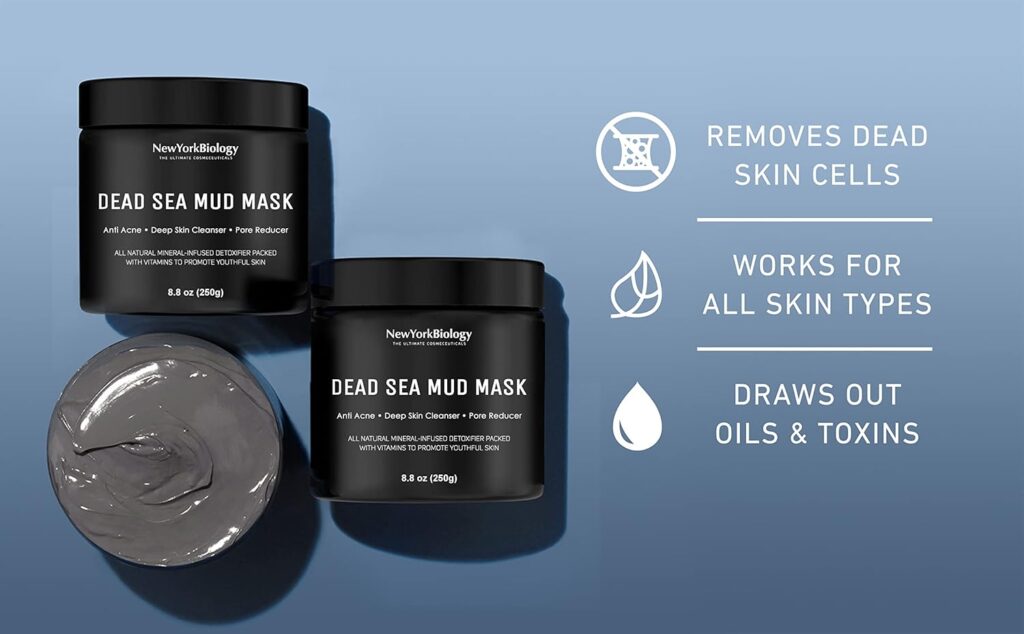
Pingback: How to Layer Skincare Products for Maximum Effectiveness - Productsforme